Man’s best friend is smart, energetic, athletic, loving, and loyal—but rarely a discerning judge of food. Certain dogs will happily “wolf” down nearly anything in sight with little regard to edibility or nutrition. We have a responsibility as pet-owners to feed our dogs the highest quality fare possible to ensure that they maintain their prime health and well-being.
You should ask your veterinarian for advice on what’s good and what’s not good to give your dog for food. But the food items listed below are five of the worst choices. These foods are toxic or are otherwise dangerous for canines to consume. All rank as popular human foods, and their surprisingly damaging effect on dogs is a good reminder that table handouts for your four-legged companions are not a good idea. However pleading their looks and whimpers may be as you dig into that chocolate ice cream or the onion quiche, remember that their health is at stake.
#1- Chocolate
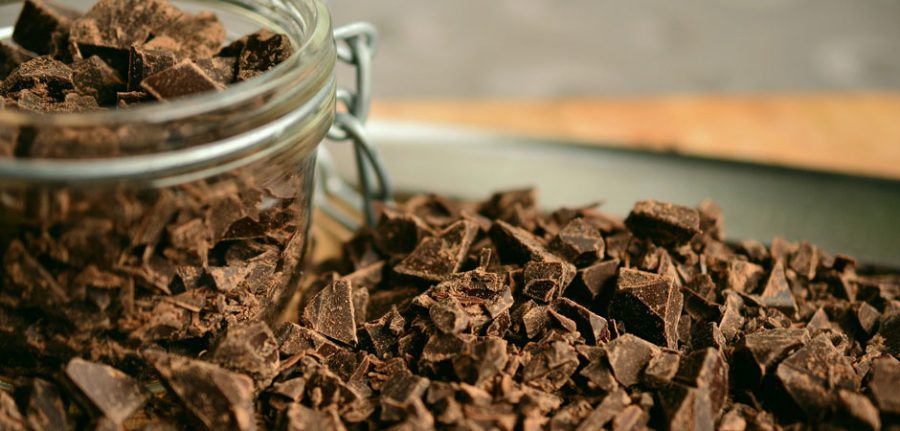
Many people have heard something nebulous about chocolate being bad for dogs—and it’s the truth. Chocolate contains a compound called theobromine that can be toxic to your canine friend, inducing vomiting, diarrhea, excessive thirst, tremors, seizures, an out-of-whack heart rhythm, and even death. The caffeine in chocolate poses its own problem; see the “caffeine” entry below for more details. Darker chocolates are more dangerous than milk or white chocolates, but you’re smart to keep any kind from your dog. Even a small amount can provoke a serious physiological response.
#2-Grapes and Raisins
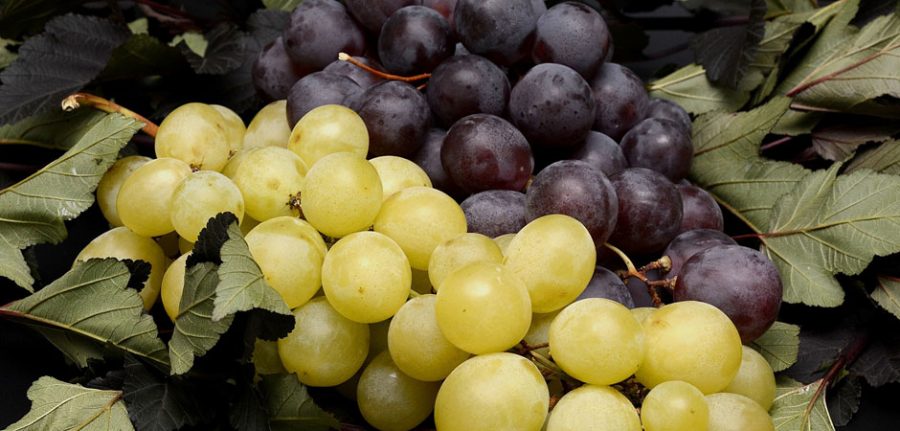
Some people consider grapes or raisins to be a harmless, even healthful, snack to toss to their dog. However, they’re also on the no-no list. Scientists still aren’t quite sure the exact mechanism, but these fruits—even in very small quantity—can promote kidney failure in canines. Vomiting and lethargy are early signs of the phenomenon.
#3-Macadamia Nuts
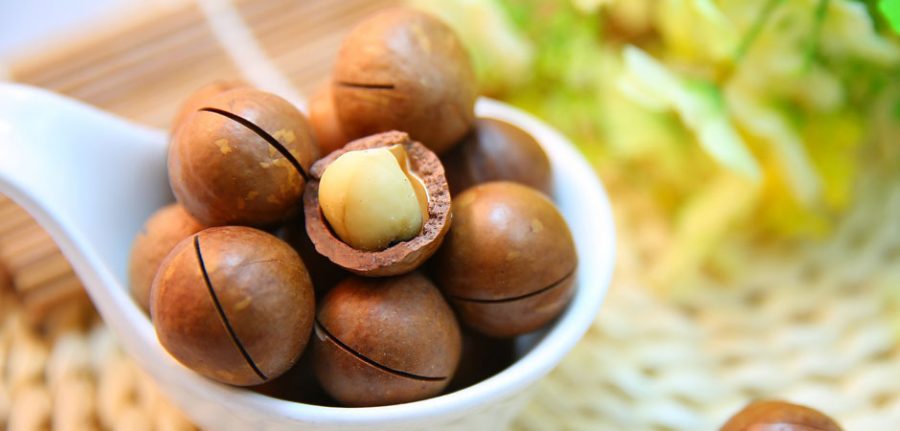
Never pass a chunk of that macadamia-nut cookie to your pooch: The nuts are poisonous to dogs. These nuts can cause dangerous symptoms within 12 hours, ranging from general weakness and tremors to vomiting and hyperthermia. In severe cases, macadamia nuts can even be fatal to dogs.
#4-Caffeine
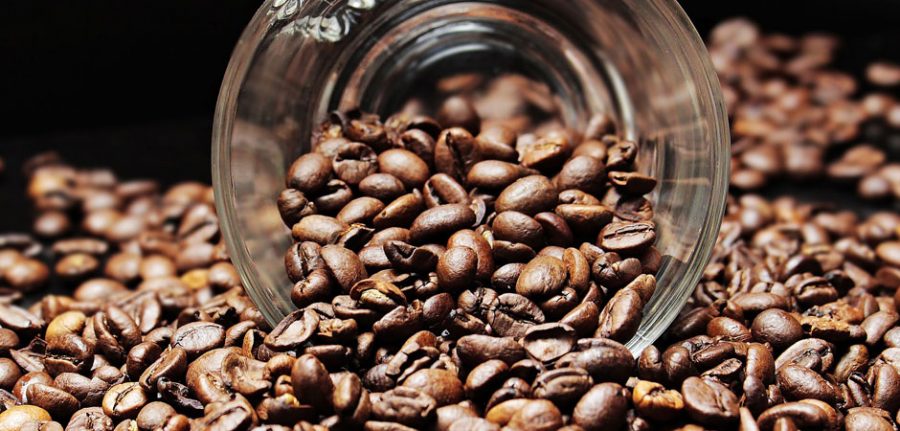
Don’t give your dog coffee grounds or any other source of caffeine. These substances contain methylxanthines that can induce vomiting, palpitations of the heart, tremors, breathing issues, bleeding, and all sorts of other undesirable effects. Chocolate, again, is another caffeine source, and is not appropriate for dogs.
#5-Onions, Garlic, and Chives
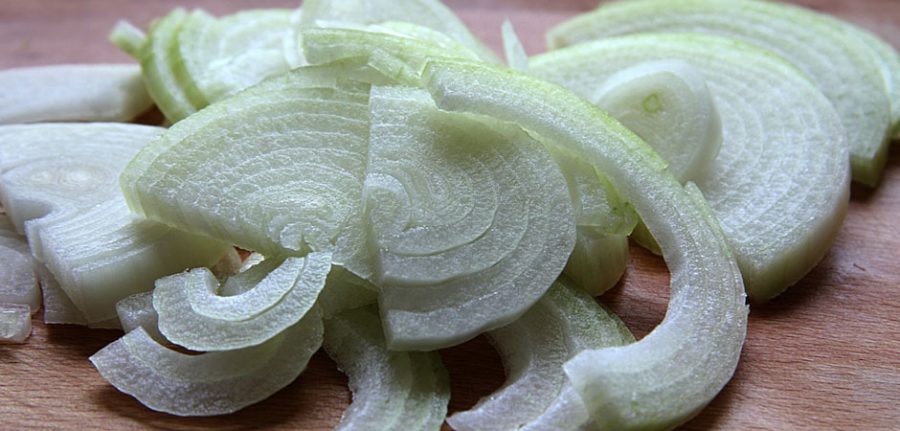
Given how very delicious and healthy they are for human beings, it may be surprising to learn that onions, garlic, and chives are not good for dogs. They can wreak havoc on a canine’s red blood cells, provoking anemia—often evidenced by vomiting, breathing issues, and general torpor and weakness—and may also promote gastrointestinal issues. So keep the sautéed onions or minced raw garlic to yourself; your pooch, even if invigorated by the scent, will thank you.
Other Dangerous Foods
There are plenty of other foods and beverages you should not allow your dog to eat: alcohol, excessive salt or sugars, raw eggs, or avocado, to name but a few. (Avocado can be poisonous; alcohol and salty snacks can cause the same problems in dogs as people, only often amplified.) As tempting as it may be to let your dog get his or her inner wolf out, avoid giving raw meat and bones as pet food. In addition to the potential for bacterial infection, your dog can easily choke or rupture its gastrointestinal lining with a bone splinter. Giving your dog a snack of leavened bread dough is also a bad idea. The yeast-triggered rising of the dough can cause problems in your buddy’s stomach or intestines.
Again, seek counsel with your veterinarian before making any adjustments to your dog’s diet. Find out directly from a reputable source what you should or shouldn’t be feeding your pet, regardless of what you’ve seen other dogs being fed. And remember that every dog will have its own individual reaction to one food source or another. Certainly pay close attention if your pooch has an unsettled stomach, diarrhea, vomiting, or any other such symptom, and keep tabs on what’s going into his or her mouth—not always an easy task, but an important one.
Elli Bishop is a huge dog and cat lover and spends her time skiing, fishing, playing tennis, and enjoying the outdoors in Salt Lake City, Utah. In her free time, she writes for In Good Measure, a blog about family life, home safety, and wellness.

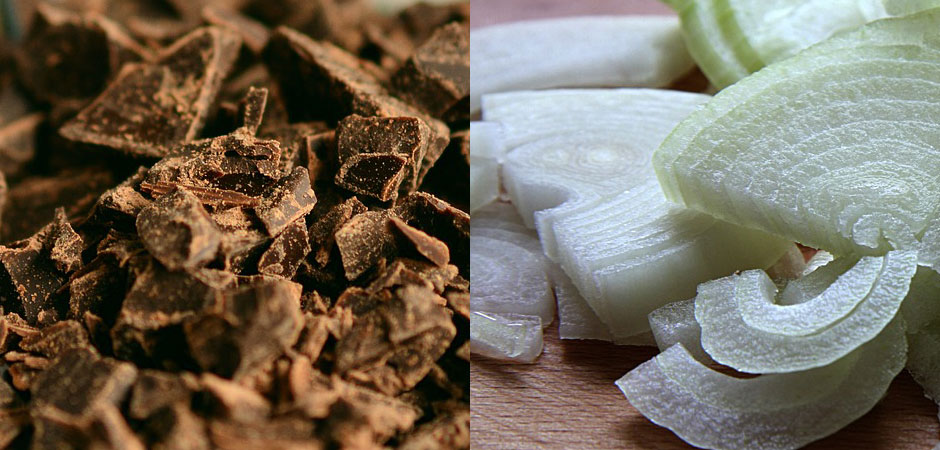
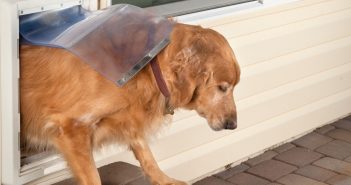
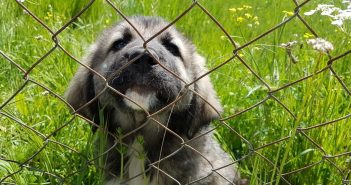

3 Comments
Hey Elli,
What a great post, I work as an emergency vet and see a lot of dogs coming through with chocolate toxicity…..and half the time owners have purposely given the dog the chocolate!
I also like your point about raw food, with raw food diets becoming more popular I find clients are doing a home made version including raw chicken.
I do feel a lot of dog owners are still undereducated about what is “toxic” for a dog and many are surprised when they find out what they were feeding their dog out of love turned out to be the reason their dog is rushed into an emergency clinic at 2 in the morning.
So again, great post!
Ouch i knew about the onions, garlic, chocolate, but had no idea that the rest you mention was dangerous. Thanks for the info!
Even though we already know that some of the food items listed here should not be given to animals, including dogs, we sometimes forget in our excitement – we tend to share what we eat to our pets. Take for example, chocolates where we sometimes forget and we give to our dogs. However, there are new supplies in pet stores that look and taste like chocolates but are safe for them to eat. My neighbor’s dog loves this kind of chocolate that no dog collar or leash can keep him away from it. You should have seen his face whenever he sees this ‘chocolate’ treat given to him.